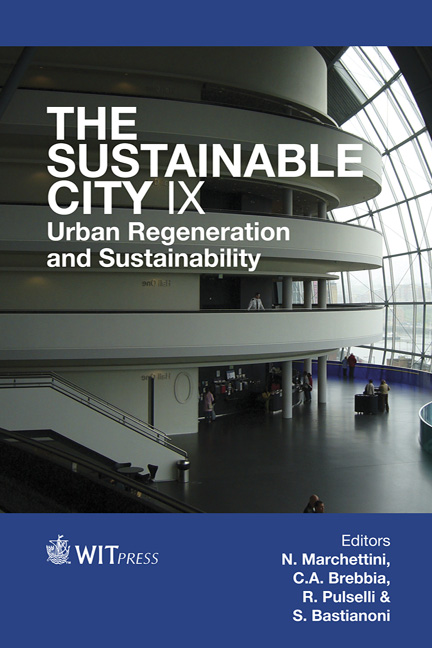Large-scale Urban Hydrological Modelling At High Spatial Resolution: Requirements And Applications
Price
Free (open access)
Transaction
Volume
191
Pages
10
Page Range
1593 - 1602
Published
2014
Size
637 kb
Paper DOI
10.2495/SC141352
Copyright
WIT Press
Author(s)
G. Krebs, T. Kokkonen, M. Valtanen, H. Koivusalo
Abstract
Urbanization and associated increase of imperviousness alters the hydrological cycle of urbanizing catchments. Low Impact Development (LID) tools have been developed and applied to mitigate these hydrological impacts. Hydrological models are one way to evaluate the performance of LID tools before their implementation. As these tools represent small-scale hydrological processes, hydrological models used in assessment require a high spatial and temporal resolution in their process descriptions. Both flow and rainfall data at high recording frequencies (e.g. 1 min) are usually not available for large urban catchments and detail in spatial data for surface description has to be complemented through on-site observations. Thus, the assessment of LID performance for large urban areas has to overcome these constraints. Previous studies provide suggestions to overcome the lack of flow data for model calibration through parameter regionalization. Recently presented methods for reductions in spatial resolution while maintaining a detailed surface description provide a feasible way to characterize large urban catchments for LID performance assessment. However, rainfall data at high temporal and spatial resolution remains a key element for hydrological model applications in urban areas. We evaluated the impact of spatial and temporal rainfall variability on model performance using the Stormwater Management Model (SWMM) and high-resolution parameterizations of three urban catchments in combination with two rain gauges. While the distance between rain station and catchment did not affect model parameters we found a reduction in model efficiency with an increasing rain station distance from the catchment.
Keywords
SWMM, high spatial resolution, spatial rainfall variability





